#american renaissance
Text
The Story of Madame X

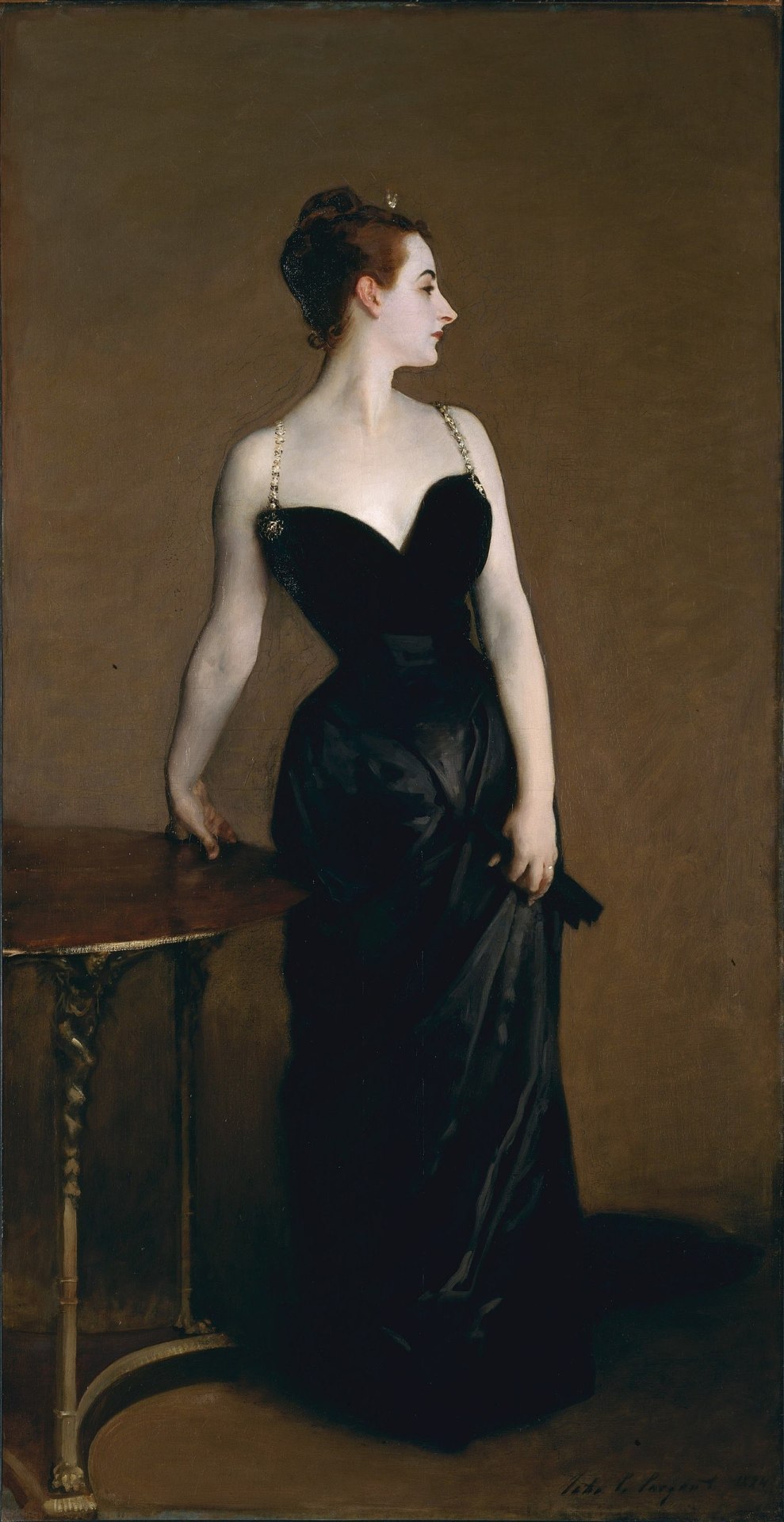

John Singer Sargent (American, 1856–1925) • Madame X (Virginie Amélie Avegno Gautreau) • 1883-84 • Metropolitan Museum of Art
Photograph of Sargent with what is perhaps his most famous portrait – that of the very wealthy socialite, Madame Gautreau. This is not the original version, though; the one that shocked the art world in 1884 when it was shown at the Paris Salon.


Above is a sketch for the Gautreau portrait. At some point Sargent decided to paint the right strap of her dress seductively off her shoulder. When the portrait was shown in Paris, there was an uproar of disapproval. Madame Gautreau was, apparently, already rumored to be an adultress. Her Singer portrait only added emphasis to the public's criticism of her character. According to the gallery card at the Museum of Fine Arts, Boston (the painting was on loan from the MET), Gautreau very much liked the painting. What neither she nor Sargent predicted was that it would cause such a stir and be the cause of much conversation, mostly derisive, in the drawing rooms of Paris high society.
Sargent was so upset by the reaction at the Salon and the ensuing buzz that he took the painting back to his studio and repainted the strap in its proper place on the shoulder.
The painting was eventually sold on the condition that its subject not be revealed in the title. It was to be called Madame X.
Sources:
Museum of Fine Arts, Boston
Metropolitan Museum of Art
Arty: Why Madame X Scandalized the Art World by Alina Cohen
#art#painting#fine art#art history#madame x#john singer sargent#american renaissance#american artist#oil painting#amélie gautreau#society portrait#portrait#female portrait#19th century art#museum of fine arts boston#metropolitan museum of art#famous paintings#pagan sphinx art blog#art history lesson
66 notes
·
View notes
Text
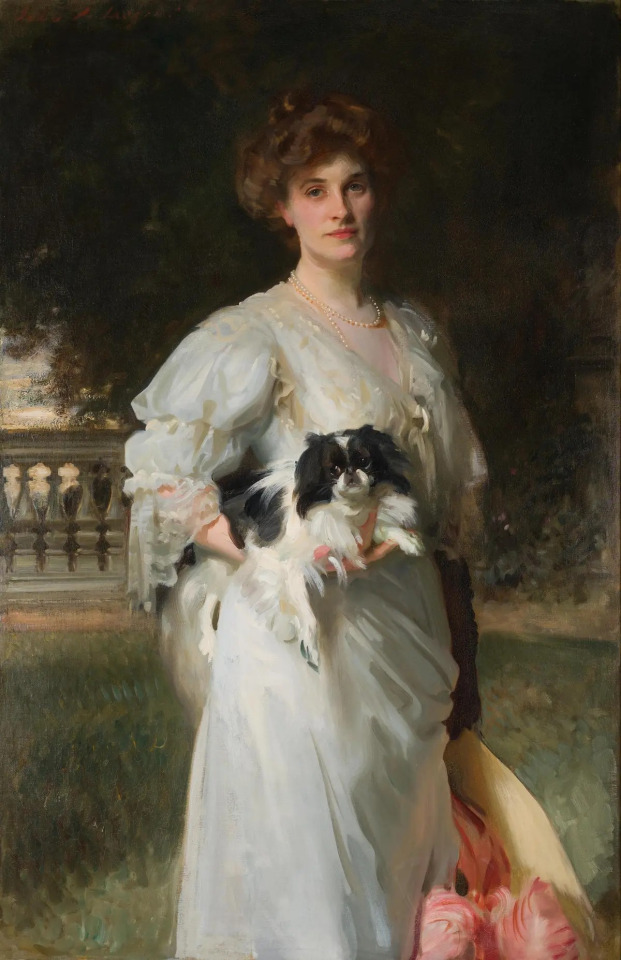
John Singer Sargent, Portrait of Mrs. Frederick Guest (Amy Phipps) • 1905 • The Norton Museum of Art, Pasadena, California
#art#painting#fine art#art history#john singer sargent#american artist#edwardian era painter#american renaissance#portraitist#american expat#portrait#female portrait#society portrait#the white dress#women in white#la robe blanche art blog#dogs in artworks#art blogs on tumblr
64 notes
·
View notes
Photo

San Giuseppe di Castello, Venice, c.1903.
John Singer Sargent (American, 1856–1925)
Watercolor on paper , 30.6 x 45.8 cm
#San Giuseppe di Castello#art#artedit#John Singer Sargent#American artist#impressionism#American Renaissance#Veduta#Venice#Venezia#Italy
236 notes
·
View notes
Text
Herman Melville on Napoleon’s love for Ossian
Context: Ossian is the narrator and purported author of a cycle of epic poems published by the Scottish poet James Macpherson, originally as Fingal (1761) and Temora (1763), and later combined under the title The Poems of Ossian.
“I am rejoiced to see Hazlitt speak for Ossian. There is nothing more contemptable in that contemptable man (tho' good poet, in his department) Wordsworth, than his contempt for Ossian. And nothing that more raises my idea of Napoleon than his great admiration for him.—The loneliness of the spirit of Ossian harmonized with the loneliness of the greatness of Napoleon.”
Melville wrote this around 1862 in the margins of his copy of Hazlitt’s Lectures on the English Comic Writers and Lectures on the English Poets
Source: Hershel Parker, Herman Melville: A Biography - Volume 2, p. 436
#Herman Melville#Melville#Napoleon#napoleon bonaparte#Hershel Parker#Herman Melville biography#Herman Melville: A Biography#Hazlitt#Lectures on the English Comic Writers#Ossian#romanticism#napoleonic era#napoleonic#american literature#American lit#american renaissance#Wordsworth#the poems of Ossian#celtic mythology#fingal#temora#british literature#Scottish#scottish literature#Scotland
27 notes
·
View notes
Text

this dude from the 1910s hated modern architecture so bad lmao "anglo-saxon home atmosphere: 0%" he was fucking seething and gagging that it wasn't Literally Illegal to build a house looking like that. fascinating. he deserved to have a blog
7 notes
·
View notes
Photo

John Singer Sargent (American, 1856–1925)
Bedouins, 1905-1906
Opaque and translucent watercolor, 18 x 12in. (45.7 x 30.5cm)
Brooklyn Museum
... Sargent considered this powerful portrait of two men to be the keynote work of his Bedouin watercolors. His earliest critics took note of the expressive force of the carefully delineated faces, set off by the play of highlights on the saturated blues of the kaffiyeh (head scarves).
Sargent otherwise described the figures, including details such as the curved khanjar (daggers) in the main figure’s belt, with the broad, expressive handling that characterizes the Bedouin subjects as a whole.
https://www.brooklynmuseum.org/opencollection/objects/20367
#john singer sargent#bedouins#american art#impressionism#portrait#realism#american renaissance#art#watercolor#mu art#mu#brooklyn museum
3 notes
·
View notes
Text
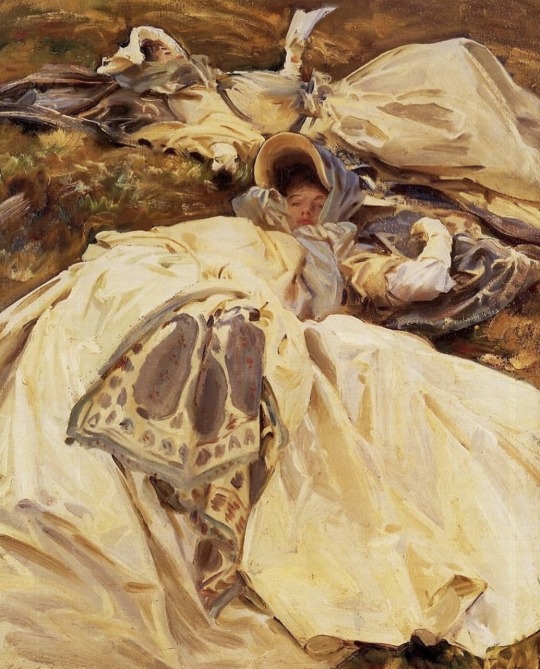
John Singer Sargent, Two Girls In White Dresses, 1911
3 notes
·
View notes
Text

Ralph Waldo Emerson, Representative Men “Montaigne; or, the Skeptic” (1850)
#Emerson#American lit#american renaissance#American literature#quotes#19th century literature#19th century lit#romanticism
1 note
·
View note
Text

Lamb’s Head on a Plate (1880)
— by Viggo Johansen
#painting#art#art history#oil on canvas#oil painting#classical art#goth#gothic#dark art#dark academia#classic academia#artist#artblr#gothcore#renaissance art#renaissance painting#witchcore#witchblr#witchyvibes#american gothic#small town america#ruralcore#rural#rural america#rural gothic#art community#artists#historical painting#historical art#witch aesthetic
5K notes
·
View notes
Text
Melville on drinking alcohol to ease his sea sickness on his first voyage even though he signed a sobriety pledge as a kid.
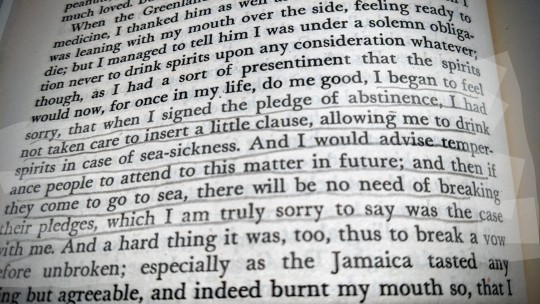
#herman melville#literature#american renaissance#redburn#novel#quote#sailing#sea#american literature
1 note
·
View note
Text
Police & Proud Boys: Welcome to the 2022 American Renaissance Conference!
Let's be real: The Proud Boys did more damage to AmRen in 20 minutes what a decade of organizing against it ever could. Thanks for playing, ya bums! "Police & Proud Boys: Welcome to the 2022 American Renaissance Conference!"
Let’s be real: The Proud Boys did more damage to AmRen in 20 minutes what a decade of organizing against it ever could. Thanks for playing, ya bums!
BURNS, TN – The organizers of this year’s American Renaissance (AmRen) Conference had to declare on their website that they “deplore all violence and expressions of hate” and that they had no idea the neo-fascist Proud Boys were at the Montgomery…

View On WordPress
1 note
·
View note
Text

JOHN SINGER SARGENT • AMERICAN, 1856–1925 • FUMÉE D'AMBRE GRIS (SMOKE OF AMBERGRIS) • 1880 Clark Art Institute - Williamstown, Massachusetts, U.S.A.
#john singer sargent#art#la robe blanche#women in white#clark art institute#19th century art#impressionism#american expat#american renaissance#edwardian era#american painter#british art#paintings i've seen
99 notes
·
View notes
Text
Linda Martell - "Color Him Father" (1970)
**Beyoncé's latest album 'Cowboy Carter' spotlights Linda Martell, a pioneer and trailblazer who paved the way for Black country music artists, as she was the first commercially successful Black female artist in the genre.
#linda martell#color him father#1970#color me country#the linda martell show#beyoncé#beyonce#cowboy carter#renaissance act ii#music#country music#black music#black artists#black history#black women#african american#paying homage#icon#video#sbrown82
828 notes
·
View notes
Text
“It was not Bonaparte’s fault… It was the nature of things, the eternal law of man and of the world which baulked and ruined him.”
— Ralph Waldo Emerson, Representative Men
#😭😭😭#Emerson really gets it huh#ralph waldo emerson#Emerson#Representative Men#Napoleon#napoleon bonaparte#napoleonic era#napoleonic#American Renaissance#American literature#american lit#french revolution#frev#quotes#quote#first french empire#19th century#french empire#history#france#1800s#19th century literature#1800s literature
20 notes
·
View notes
Text
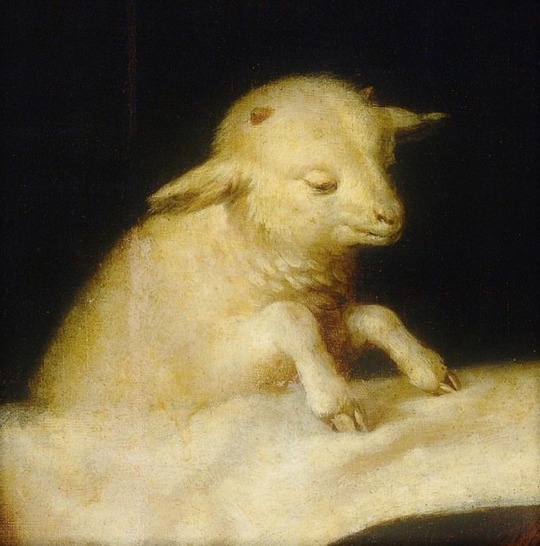
by Francisco Ribalta, 1620
#cottagecore#coquette#art#lana del rey#lolit4#cathedratical#catholocism#catholic art#religious art#lamb of god#renaissance#renaissance art#midieval#medieval art#medieval#religious painting#religious imagery#sacrificial lamb#gothic#american gothic#southern gothic#gothic art#farmcore#prairie#cowboycore
854 notes
·
View notes